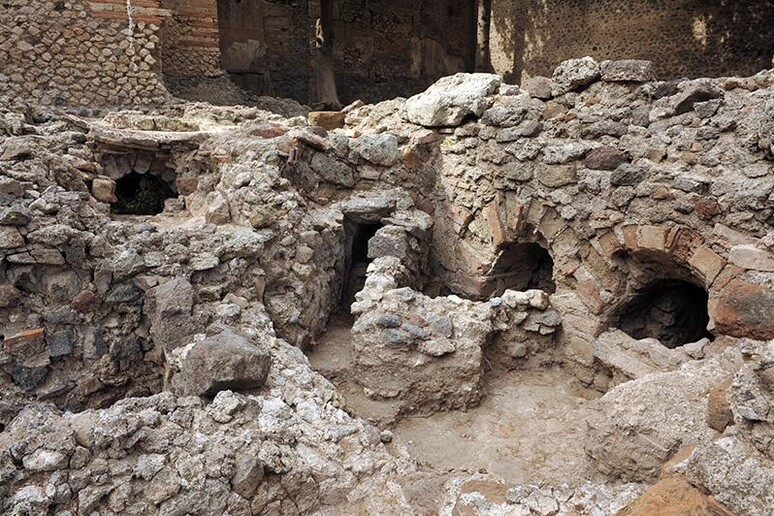New photography and laser scan
technologies are being employed to help with the latest
excavations at the ancient city of Pompeii which are focused on
the Republican Baths, the fifth and possibly oldest thermal bath
structure identified in the archaeological site.
In the first century AD, around the time of the Vesuvius
eruption which buried the city, the building that held these
ancient baths fell into disuse and was incorporated into private
residences, such as the House of Lime and the House of the Red
Walls.
In 1950, the archaeologist Amedeo Maiuri documented its
layout, but then no further efforts were made to pursue
excavation of the site, which had been entirely covered by earth
and vegetation.
Thanks to a new project by the University of Berlin, in
collaboration with Oxford University and supported by Pompeii
authorities, a two-phase study of the site is now underway.
The first phase, carried out in March, involved a general
cleaning of the area and an architectural survey. The second
phase, a three-week period of excavation which ended in recent
days, aimed to investigate how the architecture and technologies
used in thermal baths had evolved over time.
The Republican Baths, which are documented among the oldest
of their kind in Pompeii, were an experimental construction
preceding the nearby Stabian baths which represent a perfect
model of the traditional spa complex.
Confirmation that the Republican baths are in fact an older
structure could be found in the presence of ventilated
underground cavities that created a room for hot air to heat the
thermal baths, consisting of a series of parallel channels,
instead of the traditional system of columns of bricks that were
more commonly used in Roman baths.
Investigations were focused on the sauna and the furnace
within the baths, which are among the earliest examples from the
transitional phase from the Greek to the Roman model. The aim is
to specify their chronological development and operations.
Aside from the excavation work, a new map of the area has
been created as well as a survey of the site using photographic
and laser scan technology.
Pompeii authorities said the investigations would continue
in future and the results of the research were crucial for
planning restoration and conservation projects, and deciding how
to open the area to the public.
ALL RIGHTS RESERVED © Copyright ANSA











